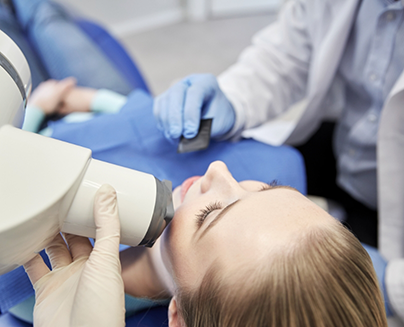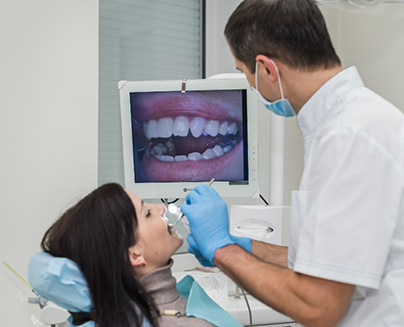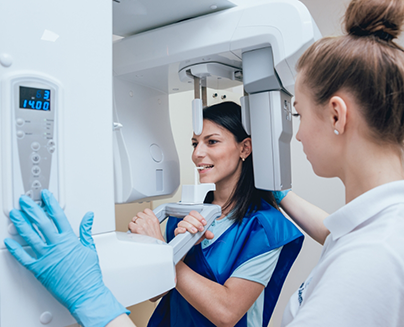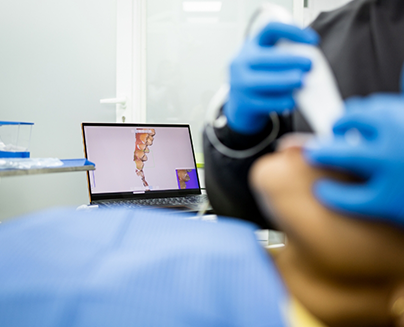Advanced Dental Technology Cleburne
Embracing New Dental Technology
As with every other area in modern life, technology has improved the way in which dentists diagnose and treat their patients. Thanks to recent scientific advancements, such as digital imaging, today’s dental instruments allow patients to receive their dental treatment without the discomfort or multiple visits traditionally associated with dental care. Dental technology has evolved to make procedures less invasive and restorations stronger as well!
Dr. Bob and Dr. Chris take pride in staying abreast of the latest advancements and continually learning new ways to make your dental experience more efficient and comfortable. Long Family Dental of Cleburne employs an array of first-class technologies for the diagnosis and treatment of dental patients throughout Cleburne.
Digital Dental X-Rays

Although traditional dental X-rays emit minimal amounts of radiation and many precautions are taken to protect patients from unnecessary exposure, some patients may still be apprehensive when undergoing dental X-rays. Traditional dental X-rays are also time-consuming and usually extend the amount of time a patient must spend in the dental chair. That’s why Long Family Dental of Cleburne uses digital radiography, a high-tech replacement for traditional dental X-rays, which significantly reduces radiation exposure and produces high quality images instantaneously.
Intraoral Cameras

An intraoral camera is actually a small camera which takes images of your teeth and gums. Intraoral cameras look similar to electric toothbrushes (minus the bristles) and while usage varies depending on the model type, they are typically equipped with a disposable protective sheath for each new exam.
While simultaneously viewing a chairside monitor, the dentist or hygienist can insert the intraoral camera into the mouth and gently rotate the device so that many different angled images can be taken in just a few short minutes. These photos can be scaled and refocused to zero in on problem areas and more readily communicate hard-to-conceptualize information to the patient.
Intraoral cameras have been in use for over twenty years but are constantly upgraded to provide higher quality images. They have become an essential tool for any dental office.
CT Scanner

Dental Cone Beam computed tomography (CT) is a special type of X-ray machine used in situations where regular dental or facial X-rays are not adequate. Cone beam scanners are commonly used for treatment planning of more complex cases, such as the following:
- Surgical planning for wisdom teeth extraction
- Diagnosing TMJ disorder
- Dental implants placement
- Examination of the jaw, sinuses, nerve canals and nasal cavity
- Examining bone structure and tooth orientation
- Investigating jaw pain
- Reconstructive surgery
True Definition Tooth Scanner

Instead of the traditionally messy putty impressions needed to complete a tooth restoration, Long Family Dental of Cleburne now uses intraoral scanners, like the new True Definition Tooth Scanner. This state-of-the-art technology allows precise dental impressions to be taken and stored digitally. Today, intraoral mapping technology with three-dimensional scanning of the mouth is required for many restoration procedures and orthodontic treatments. These scanners can deliver highly accurate, full color digital impressions of your teeth in a matter of minutes.
About Us Meet the Dentists Meet the Team Smile Gallery View Our Services

